Below are some foundations I will always bring with me when I teach numeracy to my future students:
Procedural Knowledge —–> Conceptual Knowledge
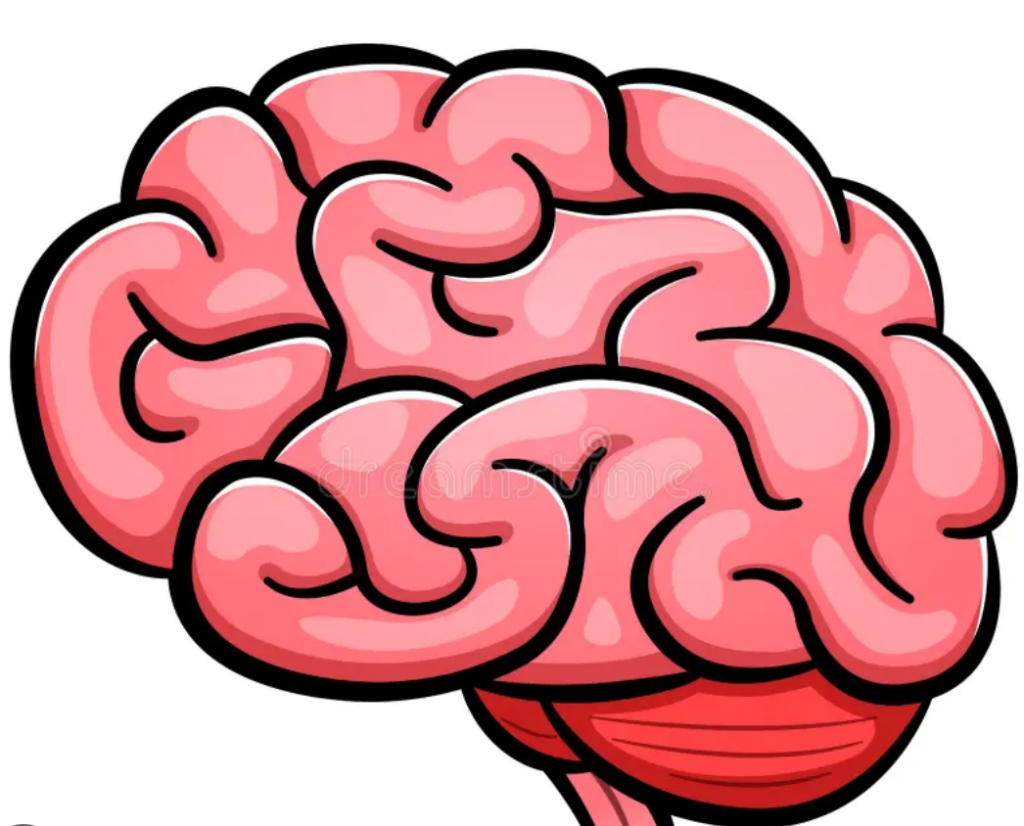
A major takeaway I had from my university mathematics courses was that we are moving away from teaching prodedural knowledge and moving to conceptual knowledge. To me this means I am not only teaching students a step by step method to find a soulution, I am teaching them the “why” and the “how” so they can apply their problem solving skills in more than one scenario.
Procedural knowldege Example: Find the solution to 18+6.
Conceptual knowledge Example: What does addition mean?
Questions with Multiple Solutions
I have learned it is imperative to create math problems with multiple solutions. This allows students to move away from “theres only one right answer” to “wow how did you find your solution?”. One way I plan to do this is with a brain warm up at the beginning of each lesson. These will vary on age but see the below image for one example:
Example question: “Blake has some sour keys, and Mary has some sour keys as well. If the total number of sour keys they have together is 10, how many sour keys could Blake and Mary each have? Explain your work using manipulatives to a partner”.
It is also imperative to let students know it is ok to make mistakes! This is how we learn!

Use Manipulatives
Research verifies that “concrete representations of mathematical ideas is powerful in developing mathematical understanding” (Small, 2021, p. 3). Wherever possible, it is important to include the option of using manipulatives to solve problems no matter the age of the students. Below is an image with just a few examples of math manipulatives:

Steps to Introduce Mathematical Concepts Concrete stage:
1.Concrete Stage:
Introduce the concept with hands on manipulatives first. This allows students to visualize the concept.
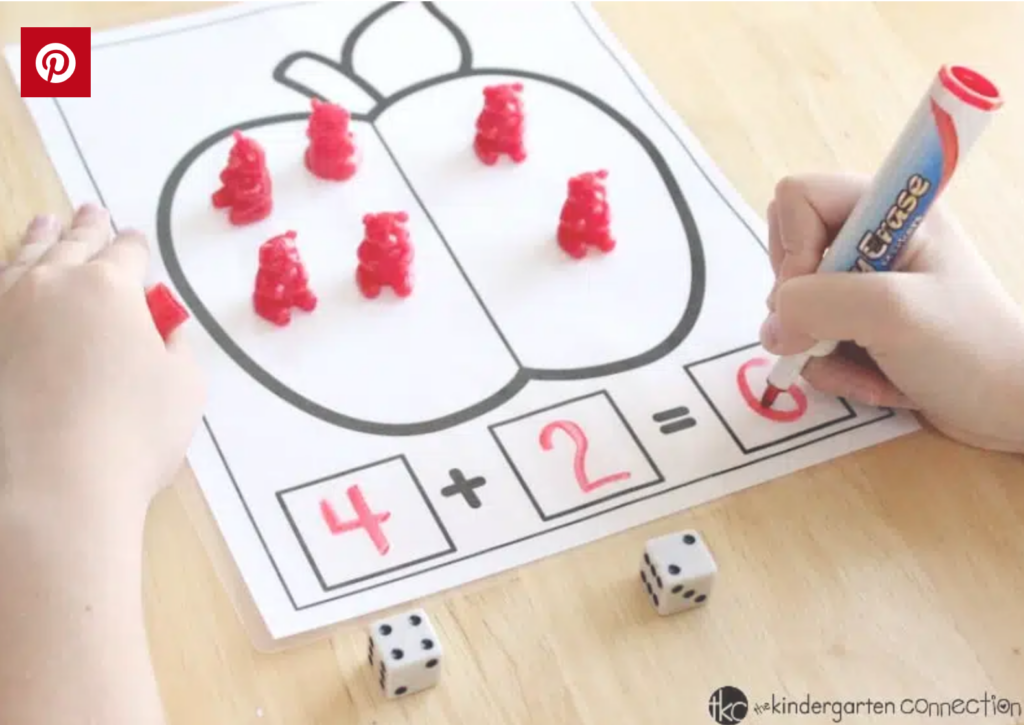
2. Pictorial Stage:
The picorial stage is more abstract. Rather than having hands on manipulatives, they are usually converted into an image or there is an image of what the problem is asking.This step is to be competed after students have had ample time to learn with concrete manipulatives.
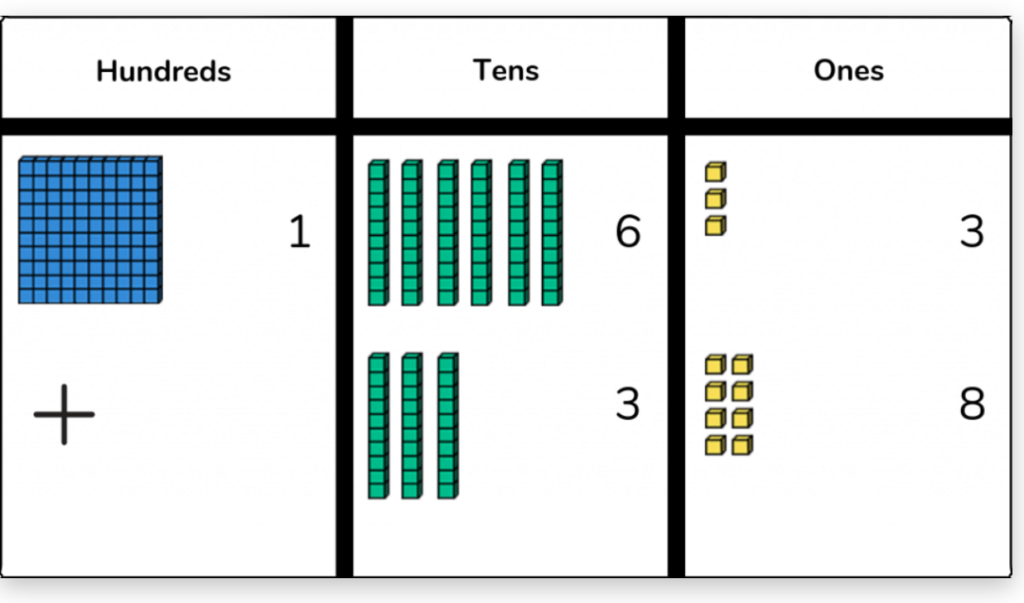
3. Symbolic (Abstract) Stage:
Last is the symbolic stage. This is where students apply their conceptual knowledge about addition that they have learned from both the concrete and pictorial stages.

*Example: Below is an image that depicts these three stages well:
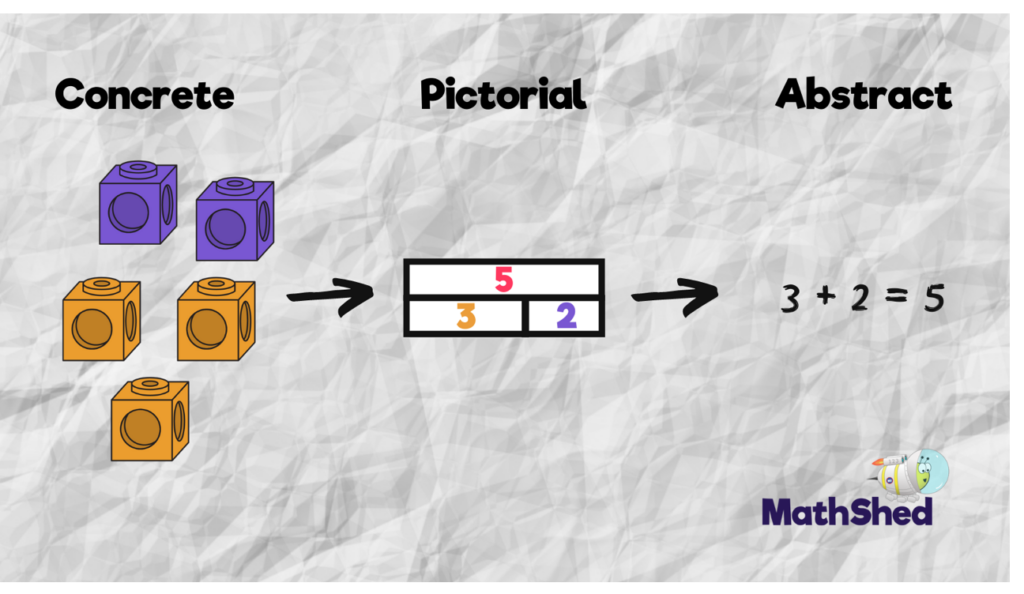
Mindset
Over the past few semesters, I have had the opportunity to complete some research on a growth mindset across varying subjects. The research is clear that a teacher who influences a growth mindset within their classrooms increases student success (Small, 2021, p. 4). “When students embrace challenge rather than shy away from it for fear of failing, when they realize that mistakes are natural, to be expected, and not something to be ashamed of, and when they believe that their ability can grow and is not static, their performance tends to improve” (Small, 2021, p.4). As a teacher, I can foster a growth mindset with just a simple thought of my own wording. One way is using “yet statements”- ie. I might not be able to yet but I will keep working hard. A second strategy is explaining and hanging a growth mindset poster in the classroom.
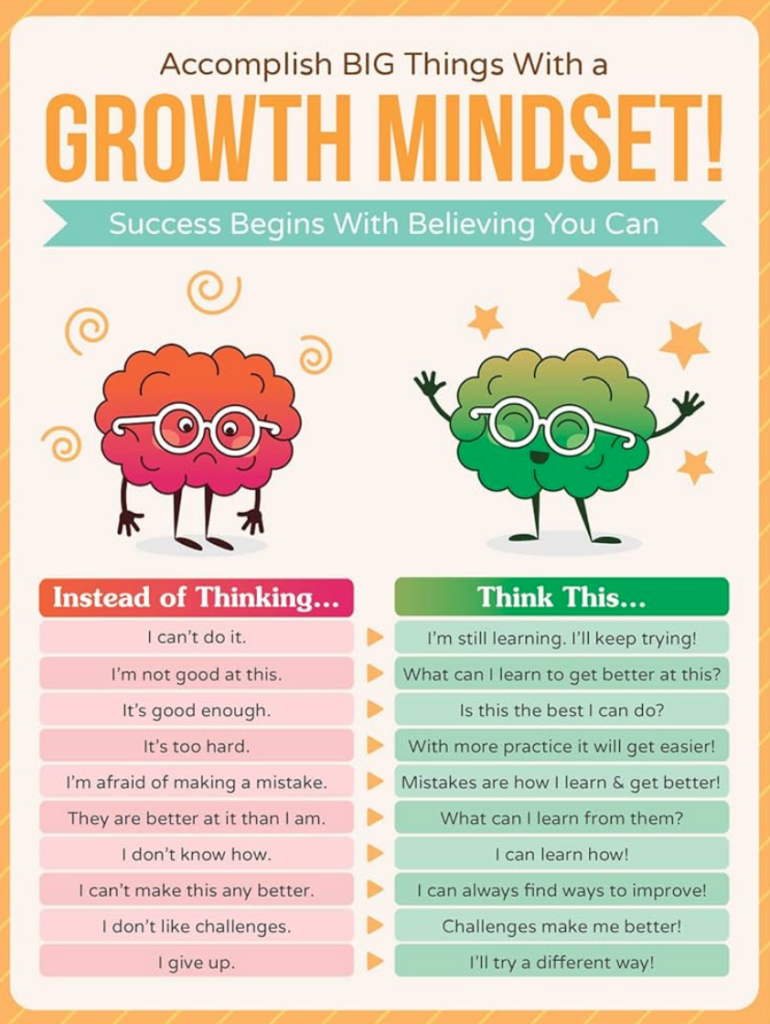
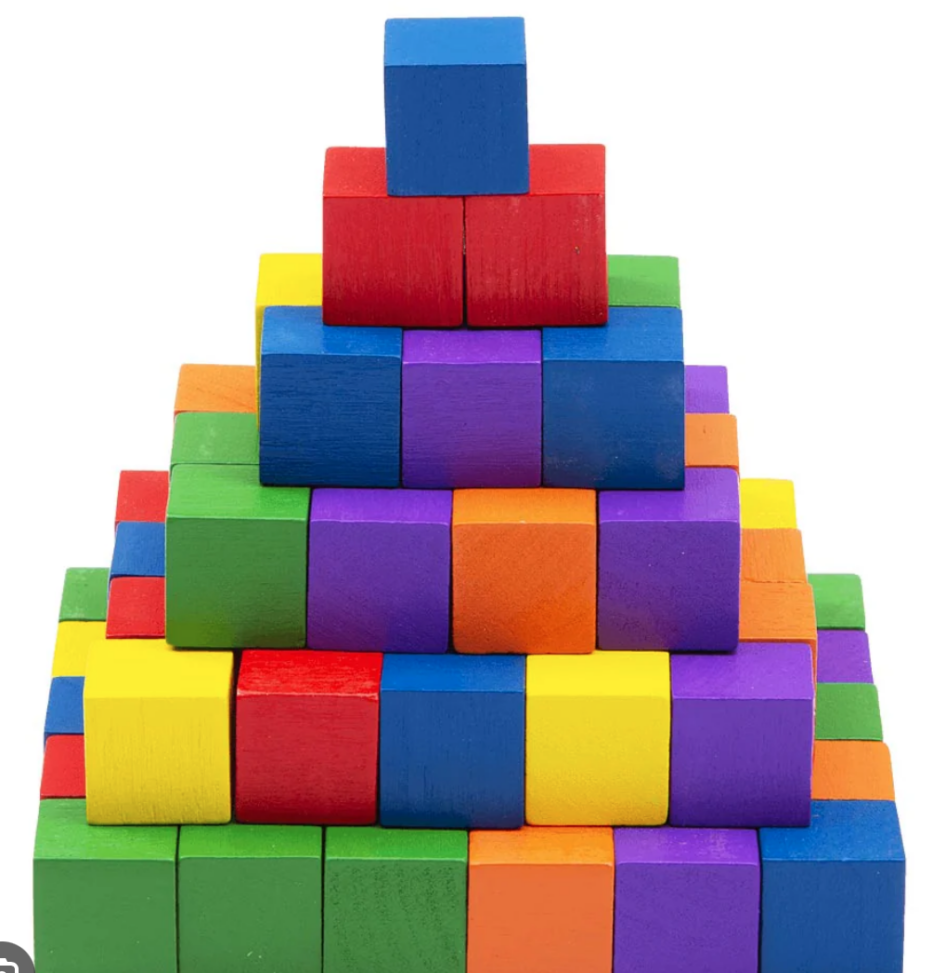
Leave a Reply
You must be logged in to post a comment.